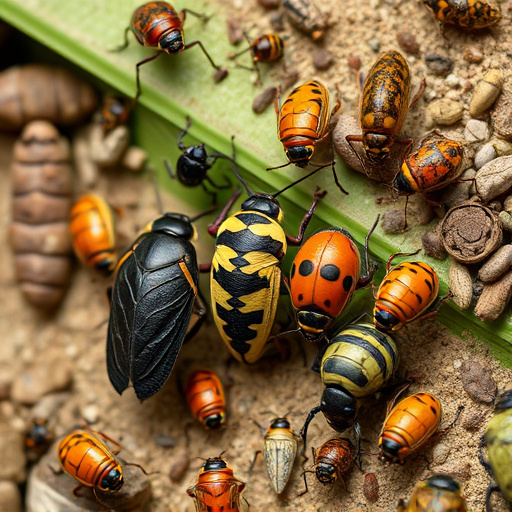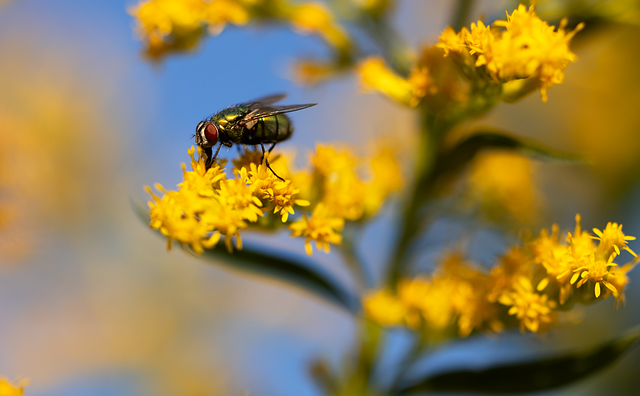Professional pest control assessments involve thorough inspections using advanced techniques like visual exams, sampling, thermal imaging, and moisture meters to identify pests, their habitats, entry points, and impacts. Tailored treatment plans based on these evaluations ensure effective Pest Control Services and protect properties from long-term damage. Advanced technology, detailed documentation, and strict safety standards enhance the efficiency and sustainability of pest management.
In the realm of pest control services, comprehensive inspections are paramount for effective, safe, and compliant service delivery. This in-depth guide explores the intricate aspects of pest assessments, from understanding the scope of evaluations to leveraging advanced technology for accurate detection. Discover key components of an efficient inspection protocol, learn about common pests and their behaviors, and gain insights into documenting findings through comprehensive reports. By adhering to safety standards and staying current with innovative methods, pest control professionals ensure thorough service that preserves environments and protects communities.
- Understanding the Scope of Pest Control Assessments
- Key Components of an Effective Inspection Protocol
- Uncovering Common Pests and Their Behaviors
- Advanced Technology in Pest Detection Methods
- Documenting Findings: Creating Comprehensive Reports
- Ensuring Safety and Compliance During Service Delivery
Understanding the Scope of Pest Control Assessments
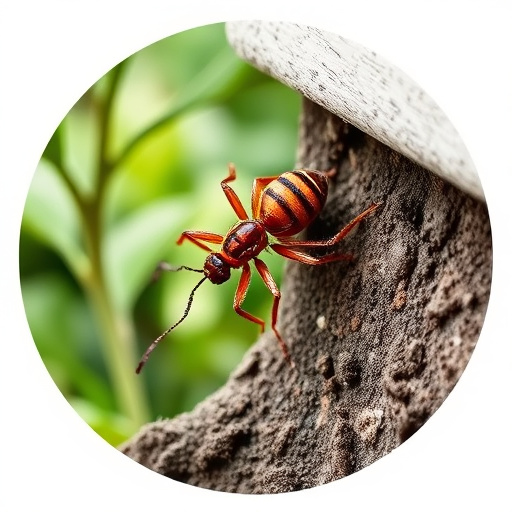
Pest control assessments go beyond a surface-level inspection, delving into the intricate details and potential hidden dangers within any environment. These comprehensive evaluations are crucial for ensuring effective Pest Control Services. They involve meticulously scanning every nook and cranny to identify not only the presence of pests but also their breeding grounds, entry points, and potential impact on health and structures.
By understanding the scope of these assessments, clients can appreciate the thoroughness behind every service. Professional pest control experts use advanced techniques and tools to detect even the subtlest signs of infestation or impending threats. This includes visual inspections, environmental sampling, and utilizing technology like thermal imaging and moisture meters. Each step is designed to uncover potential hazards, allowing for tailored treatment plans that address specific needs, ensuring a pest-free and safe environment.
Key Components of an Effective Inspection Protocol
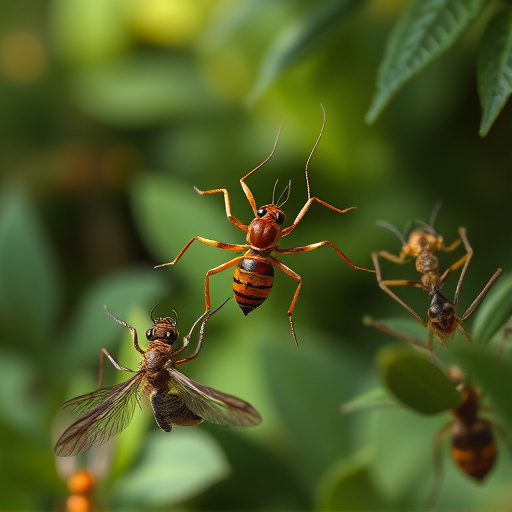
Comprehensive inspections are the cornerstone of any reliable pest control service. An effective inspection protocol should encompass several key components to ensure a thorough assessment and subsequent treatment plan. Firstly, it involves a meticulous visual examination of the affected area, identifying signs of pest activity such as droppings, eggs, or damage caused by pests like rodents or insects. This step is crucial in pinpointing the extent of the infestation and the types of pests present.
Secondly, an effective inspection protocol collects and analyzes samples from suspected infested areas, employing tools like swabs, dust samples, or traps to gather evidence. These samples are then examined under a microscope for the presence of pests or their biological markers. Integrating both visual assessments and sample analysis ensures a holistic understanding of the pest problem, enabling professionals to tailor their treatment methods accordingly and deliver more effective pest control services.
Uncovering Common Pests and Their Behaviors
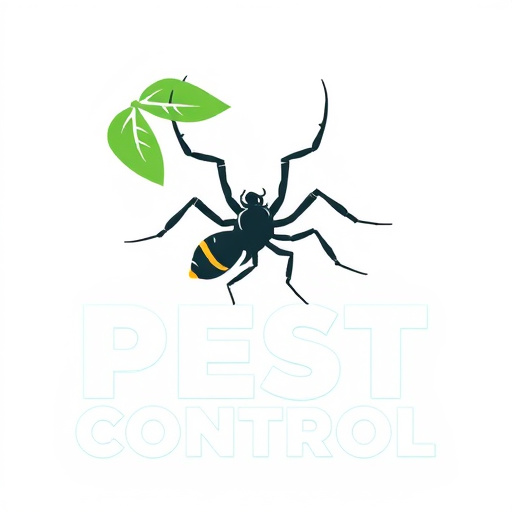
Uncovering common pests and their behaviors is a critical aspect of comprehensive inspections, especially for those seeking reliable pest control services. Pests like rodents, termites, ants, and insects can infiltrate homes and businesses, causing significant damage over time. Understanding their habits and life cycles enables professionals to develop effective prevention and treatment strategies.
For instance, rodents are known for their agility and ability to find even the smallest entry points. They leave behind signs such as droppings and gnaw marks. Ants, on the other hand, are social insects that travel in distinct trails, often leading to sources of food. Termites can go unnoticed until visible damage appears due to their secretive behavior and wood-eating habits. Recognizing these behaviors during inspections allows for swift action and targeted pest control measures.
Advanced Technology in Pest Detection Methods
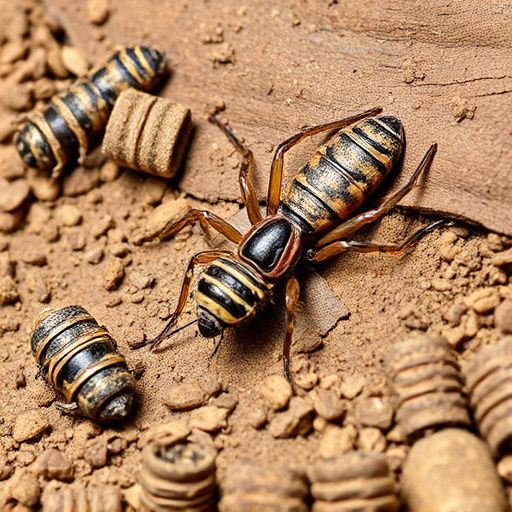
Advanced technology has revolutionized pest control services, enabling more thorough and efficient inspections. Tools like thermal imaging cameras, motion sensors, and AI-driven software can detect even the tiniest pests hidden in hard-to-reach areas. These innovations offer a significant advantage over traditional methods, ensuring no insect or rodent goes unnoticed.
By leveraging such technology, pest control professionals can provide more comprehensive assessments, identifying infestations early on. This proactive approach not only saves time and money for both the service providers and their clients but also leads to more effective treatment plans. Advanced detection methods are a game-changer in ensuring complete peace of mind when it comes to keeping homes, businesses, and properties free from unwanted visitors.
Documenting Findings: Creating Comprehensive Reports
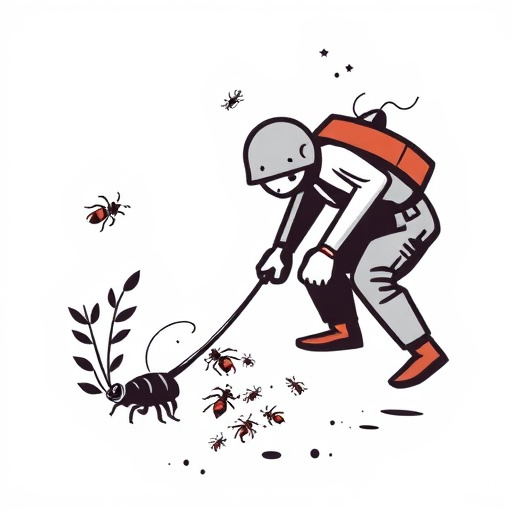
After conducting thorough inspections and assessments, the next crucial step in pest control services is documenting findings and creating comprehensive reports. This process involves meticulously recording all observations, identifying potential issues, and providing detailed insights into the current state of the property or facility being inspected. Skilled technicians utilize specialized tools and software to document each finding, ensuring accuracy and consistency.
Comprehensive reports serve as valuable resources for both clients and pest control professionals. They provide clear, actionable information that helps in developing effective strategies for pest prevention and control. By detailing areas of concern, potential entry points for pests, and suggesting appropriate treatments, these reports enable informed decision-making and ensure that every aspect of the property is accounted for.
Ensuring Safety and Compliance During Service Delivery
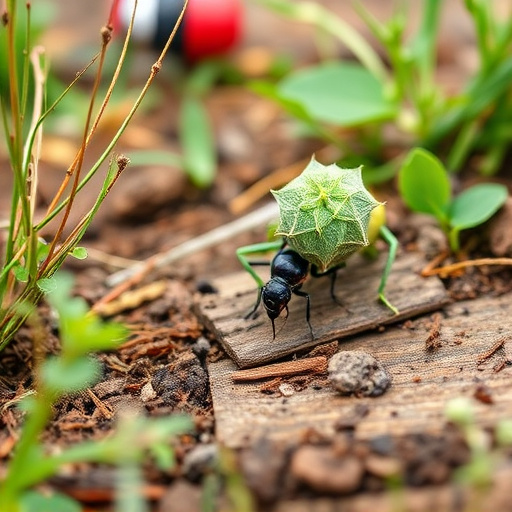
Ensuring safety and compliance are paramount in the delivery of any service, especially within the domain of pest control. Professional pest control services are held to stringent standards to safeguard both technicians and clients from potential hazards. Thorough inspections and assessments play a pivotal role in achieving this. By meticulously examining every corner and crevice of a property, experts can identify hidden risks and implement effective yet safe treatment methods.
Compliance with local regulations is non-negotiable, particularly when it comes to the use and handling of pesticides. Reputable pest control services stay abreast of these guidelines, ensuring their practices not only adhere to legal requirements but also prioritize environmental sustainability. This commitment to safety and compliance fosters trust among clients, assuring them that the service they receive meets the highest standards in the industry.
Comprehensive pest control inspections and assessments are paramount for delivering effective and safe services. By understanding the scope of these assessments, incorporating robust inspection protocols, identifying common pests, leveraging advanced technology, and documenting findings accurately, professionals can ensure optimal protection for clients. Adhering to safety standards and regulatory compliance is crucial, fostering trust and ensuring customer satisfaction with high-quality pest control services.

